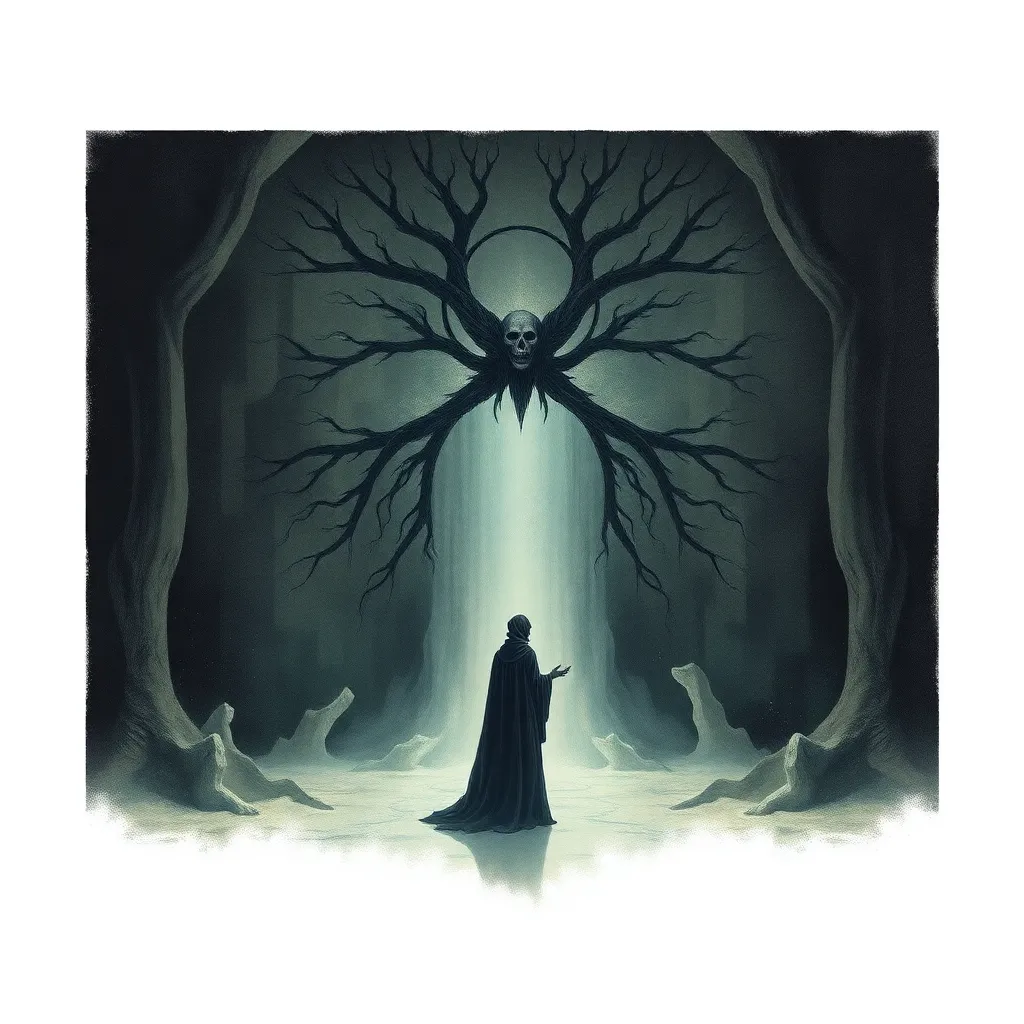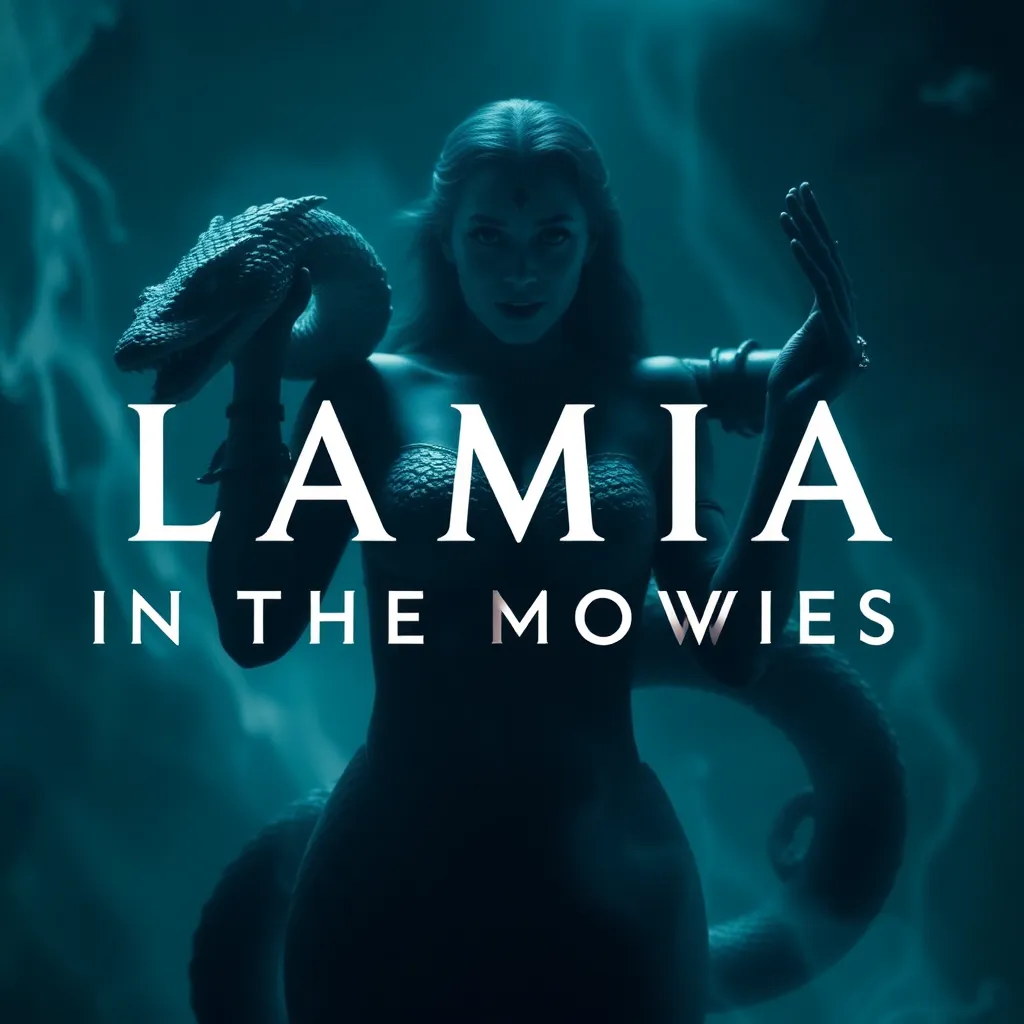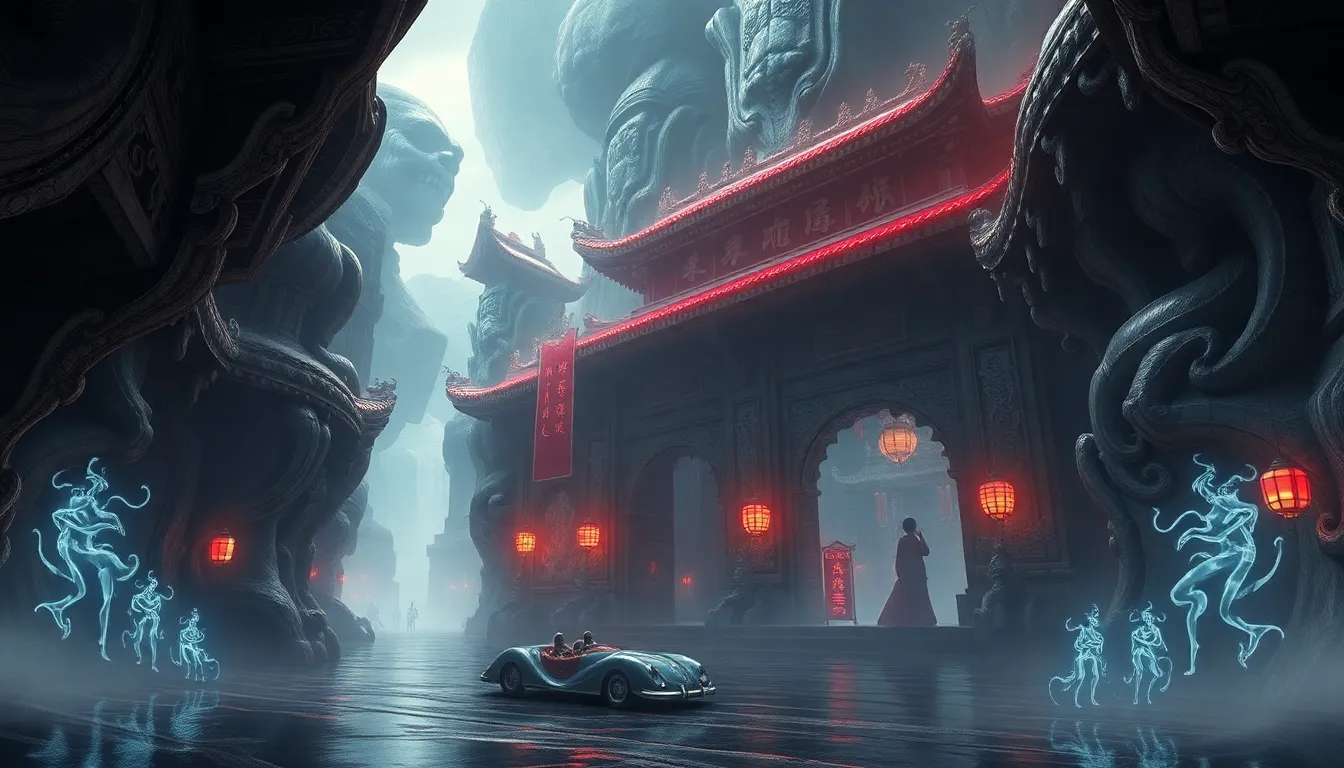The Curse of the Unbaptized: Delving into the Myth of the Romanian Strigoi
I. Introduction
The Strigoi myth is an integral part of Romanian folklore, encapsulating a rich tapestry of beliefs, fears, and cultural narratives. These supernatural beings are often associated with the dead, particularly those who are believed to have returned from the grave to haunt the living. Among these tales, the concept of the unbaptized emerges as a critical element, highlighting the deep-rooted significance of baptism within Romanian society.
This article aims to explore the multifaceted nature of the Strigoi myth, particularly focusing on the implications of being unbaptized. We will delve into the historical context of these legends, their characteristics, related rituals, and their relevance in modern culture. By examining the Strigoi, we can better understand how folklore reflects societal values and fears.
II. Historical Context of the Strigoi
The origins of Strigoi legends can be traced back to ancient Romanian traditions, where the supernatural was interwoven with daily life. Historical accounts suggest that these tales evolved over centuries, influenced by various cultural and religious transformations.
As Christianity spread throughout Romania, the beliefs surrounding the Strigoi began to intertwine with Christian doctrine. The church’s teachings regarding the afterlife and the importance of baptism played a crucial role in shaping the Strigoi narrative, framing unbaptized individuals as potential threats to the living.
III. Characteristics of the Strigoi
Strigoi are often depicted with a mix of physical and supernatural traits that set them apart from ordinary people. Common characteristics include:
- Translucent or pale skin
- Glowing eyes
- Ability to transform into animals, particularly cats or dogs
- Supernatural strength and speed
Importantly, there are two main categories of Strigoi: Strigoi morti (the dead) and Strigoi vii (the living). The Strigoi morti are those who have died unbaptized and returned as vengeful spirits, while Strigoi vii are believed to be living individuals who can engage in vampiric behavior, often said to be cursed or enchanted.
Cultural representations of Strigoi can be found in various forms of literature and art, showcasing their complex nature and the societal fears they embody. They serve as cautionary figures, warning against the consequences of straying from societal norms, particularly regarding faith and morality.
IV. The Concept of Baptism and Its Importance
Baptism holds immense religious significance within Romanian Orthodox Christianity. It is viewed as a rite of passage that cleanses the soul and secures a place in the afterlife. The belief that unbaptized souls become Strigoi underscores the gravity of this sacrament.
In Romanian society, being unbaptized is seen as a serious matter, with the potential to condemn the individual to a restless existence after death. Families often go to great lengths to ensure that their children are baptized, as failure to do so could result in dire consequences, not only for the individual but for the family as a whole.
V. Rituals and Practices Surrounding the Strigoi
To ward off Strigoi and protect the living, various traditional rituals and practices have been established. These include:
- Using garlic and other herbs to repel Strigoi
- Placing iron objects near graves
- Performing specific prayers and incantations
Burial practices for the unbaptized also reflect the community’s efforts to prevent them from returning as Strigoi. Such practices may involve:
- Burial in unconsecrated ground
- Placing heavy stones on the grave
- Sealing the coffin tightly
Folklore surrounding the Strigoi often includes stories of protective measures taken by the living, emphasizing the community’s fears and the lengths they will go to ensure safety from these spectral beings.
VI. The Strigoi in Modern Culture
In contemporary media, the influence of Strigoi myths can be seen in various forms, from literature to film and video games. These modern portrayals often draw upon traditional narratives while infusing them with new interpretations and themes.
Some notable examples include:
- Films that explore vampiric themes, often rooted in Romanian folklore
- Books that incorporate Strigoi as characters, offering a blend of horror and cultural commentary
- Video games that feature Strigoi as antagonists, engaging players in mythological narratives
This resurgence of interest in folklore and mythology reflects a broader cultural trend where audiences seek to reconnect with their roots and explore the stories that shape their identities.
VII. Psychological and Sociological Implications
The fear of Strigoi, particularly in rural communities, serves as a lens through which we can examine broader psychological and sociological dynamics. These legends often function as mechanisms for social control, reinforcing moral behavior and community norms.
The Strigoi can also be seen as a metaphor for societal issues, such as the fear of the unknown or the consequences of moral transgressions. They embody the anxieties surrounding death, the afterlife, and the potential for unfulfilled familial obligations, particularly concerning baptism.
Moreover, the impact of Strigoi legends on local identity and culture is significant, fostering a sense of community through shared beliefs and practices. These stories serve not only as entertainment but also as a means of cultural preservation.
VIII. Conclusion
The Strigoi myth is a compelling aspect of Romanian folklore, rich with historical, cultural, and psychological significance. The curse of the unbaptized highlights the importance of baptism in Romanian society and illustrates the fears surrounding death and the afterlife.
As we reflect on the enduring legacy of the unbaptized curse, it becomes clear that these myths continue to resonate in contemporary society, bridging the gap between ancient beliefs and modern interpretations. The intersection of myth and belief remains a vital aspect of cultural identity, shaping how communities understand themselves and their place in the world.



